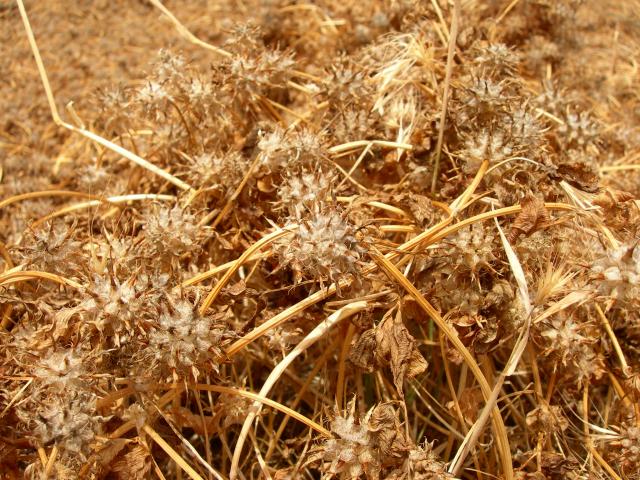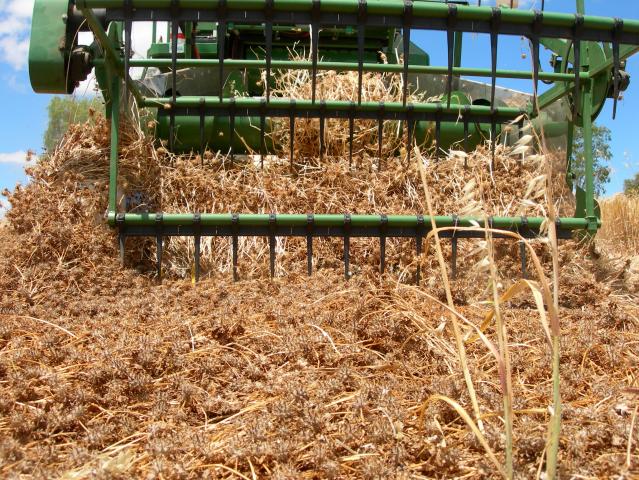Herbicides
Bartolo is sensitive to many of the more common broadleaf herbicides including Bromoxynil, Spinnaker® and Raptor®. Broadstrike® appears reasonably safe in the year of establishment and Tigrex® may offer an intermediate weed control option in established pastures.
Management
Moderate grazing six to eight weeks after germination will help reduce weeds and encourage development of a prostate sward. Graze lightly or remove animals during flowering in the establishment year to optimise seed set. Bladder clover seeds are relatively small and a large proportion will survive ingestion by grazing sheep and cattle. Removal of biomass by heavy grazing over the summer is necessary to achieve good regeneration in the second year.
Disease and pest tolerance
Redlegged earth mites need to be controlled in the first three weeks after sowing to enable successful establishment. Bartolo will suffer damage from heavy infestations of blue-green and cowpea aphids and lucerne flea. Monitor stands in spring and control if necessary, particularly in the year of establishment. Bartolo has little or no sensitivity to clover scorch disease. Occasional infections of pseudopeziza leafspot have been observed in high rainfall areas.
Seed harvesting
Seed of Bartolo can be easily harvested with conventional multi-crop harvesters. Best results are achieved using an open front with a tined reel and crop lifting fingers. This method can result in up to 75% of seed capture. Bladder clover drum settings are similar to those used for wheat but with a reduced wind speed. Short stands of AGWEST® Bartolo can be raked into windrows and collected using lifting fingers or a pickup front.
Seeds are easily handled with augers and elevators and can be cleaned with standard seed processing equipment. Seed coats are much thicker than other pasture legumes and require aggressive scarification to achieve high levels of germination.
Production and marketing
Bartolo is a public variety and can be freely bought and sold.
Acknowledgment
Bartolo was developed and field tested as part of the National Annual Pasture Legume Improvement Program supported by the Grains Research and Development Corporation and Australian Wool Innovation.


